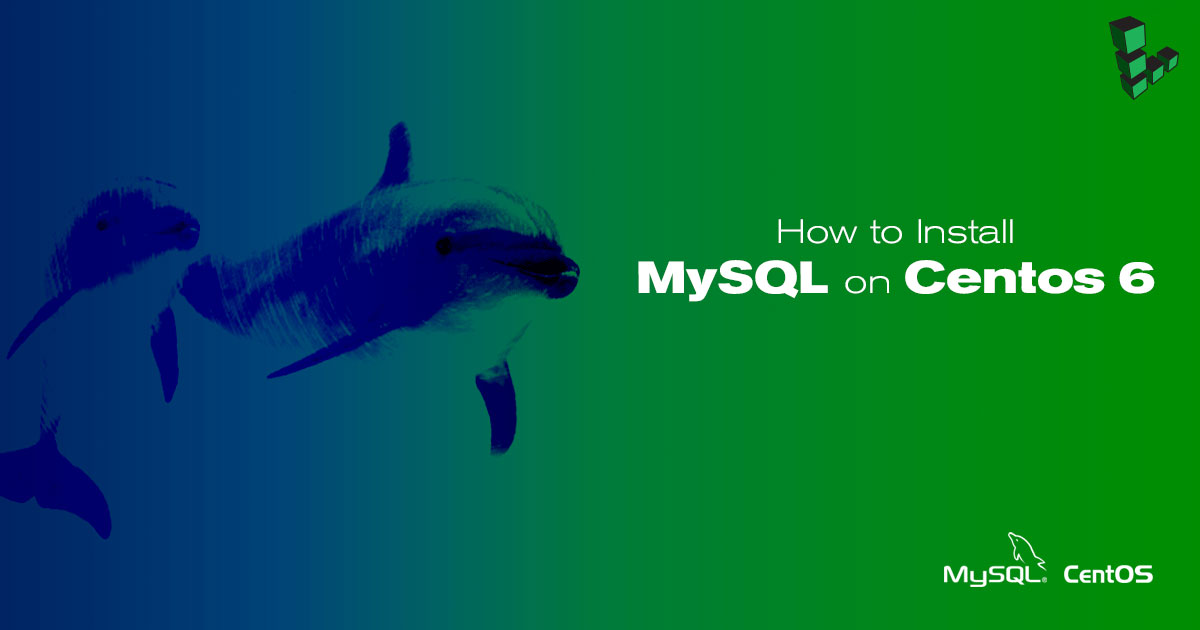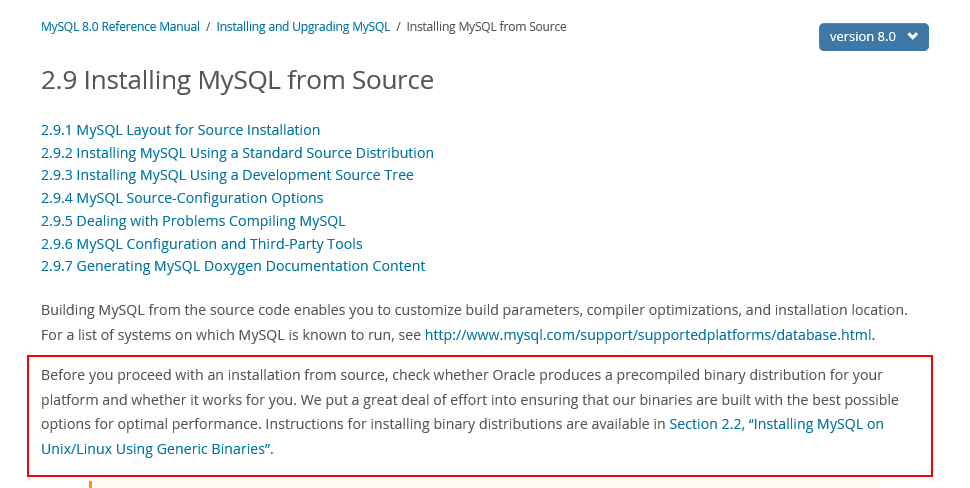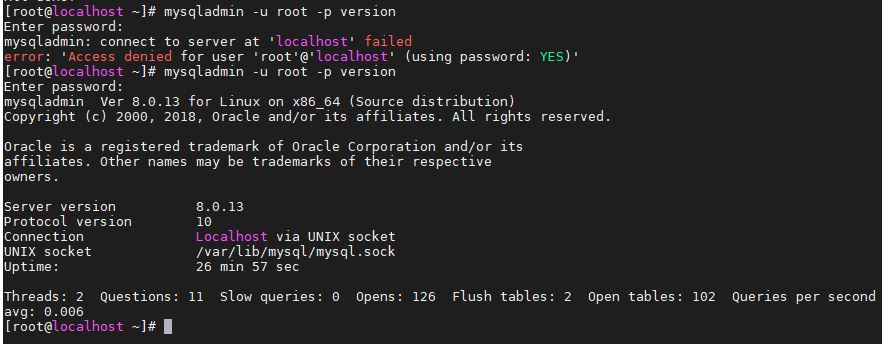

- #Centos 7 install mysql how to
- #Centos 7 install mysql update
- #Centos 7 install mysql password
- #Centos 7 install mysql download
Just copy the package name given in brackets and include in the following command. Here we will select "Red Hat Enterprise Linux 7 / Oracle Linux 7 (Architecture Independent), RPM Package" package. Here is a sample output for the following. To get the MySQL package, you will first have to view the name of the package from the MySQL yum repository web page. (Note: Uninstall MariaDB from the system as it can interfere with the installation.) \
#Centos 7 install mysql update
Step 1: Update you repos using yum update commnad.
#Centos 7 install mysql how to
In this article will discuss how to install MySQL 5.6 version on CentOS or RHEL 7 Server. However, If you want to use MySQL then you need to remove the MariaDB then install MySQL packages. The following steps will guide you towards the installation of MySQL on CentOS 7. By default, CentOS 7 and RHEL 7 have MariaDB. However, it is recommended that you use MariaDB until you have a specific task from MySQL.
#Centos 7 install mysql download
Hence, if you want to install MySQL, you will have to download the files directly from the site.

MariaDB is a fork of MySQL and works really well with CentOS 7. bulk sms marketing chennai on How To Install PHP 7.I can understand your confusion as in CentOS 7 the MariaDB is installed when you type in the command "yum install mysql".gowripriya on How To Install PHP 7.4 on CentOS 7.sms marketing chennai on How To Install PHP 7.4 on CentOS 7.smsmarketingchennai on How To Install PHP 7.4 on CentOS 7.In order to check the MySQL version use the following command:- # mysql -V Now you have successfully installed MySQL on your system. # mysql -h localhost -u root -p // login command Sample Information
#Centos 7 install mysql password
Now Login into MySQL with your new password and check whether it’s working or not. Reload privilege tables now? (Press y|Y for Yes, any other key for No) : yĬongratulations you have successfully installed MySQL 5.7 on your system. Made so far will take effect immediately. Reloading the privilege tables will ensure that all changes Remove test database and access to it? (Press y|Y for Yes, any other key for No) : y This is also intended only for testing and should be removed before moving into a production This ensures that someone cannot guess atĭisallow root login remotely? (Press y|Y for Yes, any other key for No) : yīy default, MySQL comes with a database named 'test' thatĪnyone can access. Normally, root should only be allowed to connect from Remove anonymous users? (Press y|Y for Yes, any other key for No) : y You should remove them before moving into a production Testing, and to make the installation go a bit smoother. Re-enter new password: ******************ĭo you wish to continue with the password provided?(Press y|Y for Yes, any other key for No) : yīy default, a MySQL installation has an anonymous user,Īllowing anyone to log into MySQL without having to haveĪ user account created for them. The subsequent steps will run with the existing configurationĬhange the password for root ? ((Press y|Y for Yes, any other key for No) : y The 'validate_password' plugin is installed on the server. This configuration wizard will prompt for your inputs and also ask you for the new MySQL password, so, therefore, input a strong password for your MySQL root user. sudo wget Note I tried different versions 7-5, and 8. It will prompt you for the root password, use the temporary root password got in above step. All the methods agree on these steps: Download and add the following MySQL Yum repository. Initiate the mysql_secure_installation script inorder to configure mysql 5.7 server. Step #4 – Initiate MySQL 5.7 Server Configuration T02:57:10.981502Z 1 A temporary password is generated for Mm(!qKkkjo79y # grep 'A temporary password' /var/log/mysqld.log |tail -1 Sample Output Then, run the following command to find to get the temporary root password Step #3 – Start MySQL 5.7 Server service mysqld start During this installation process, a temporary password will be created, you can find this password on MySQL log files or follow the steps to find a temporary password. The above command will install the MySQL 5.7 Community Server on your system.

On Fedora 27/26/25: # dnf install mysql-community-server Now its time to install the MySQL 5.7 Community server on our system using the following commands:. On CentOS and RHEL 7 -Īs we have successfully enabled the repository on our system. So, therefore, use one of the below commands as per your operating system version. The rpm package is also available on MySQL official website. So in this step, we enable the MySQL 5.7 community release yum repository on your system. In order to install anything on Linux machine first thing, you will have to do is enable their repository. So let’s get started with the steps as follows: In this article, we will learn how we can install MySQL 5.7 version on our CentOS/RHEL 7/6, Fedora 27/26/25 system.


 0 kommentar(er)
0 kommentar(er)
